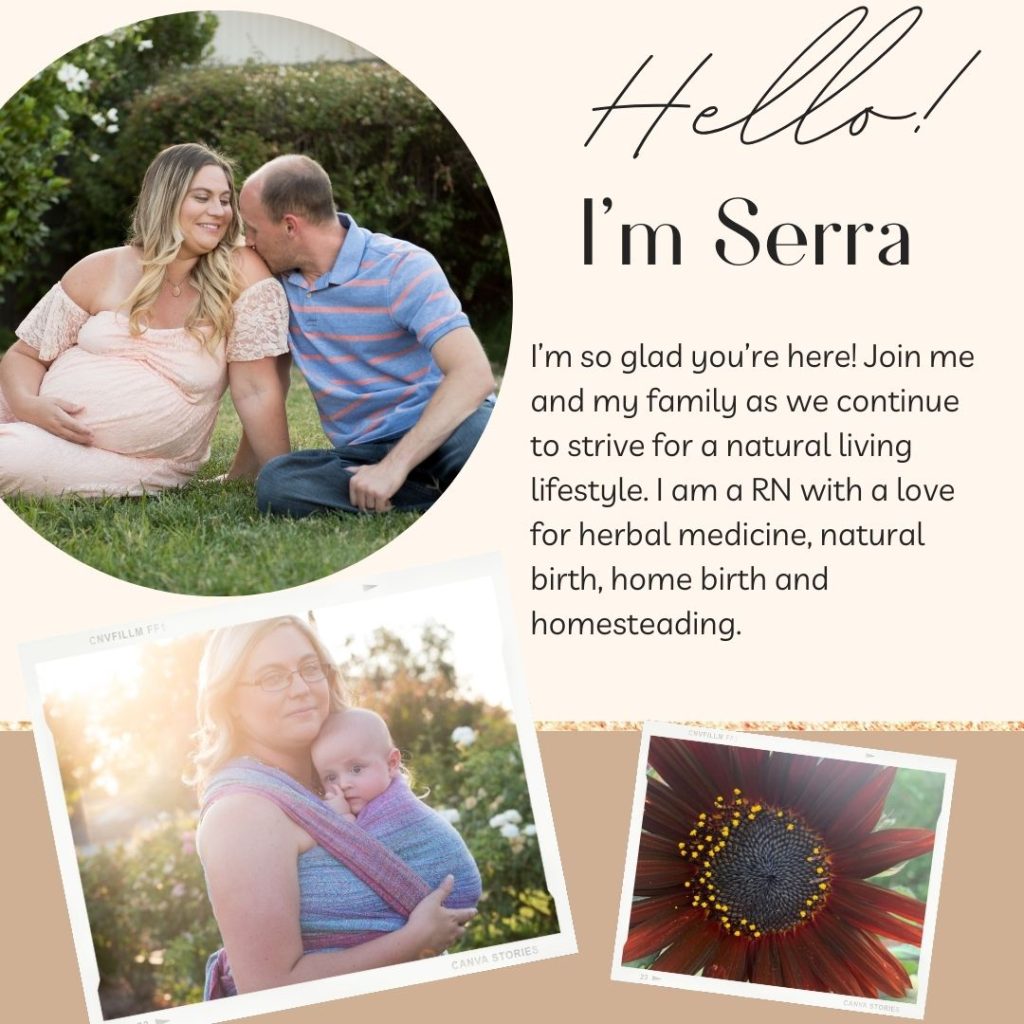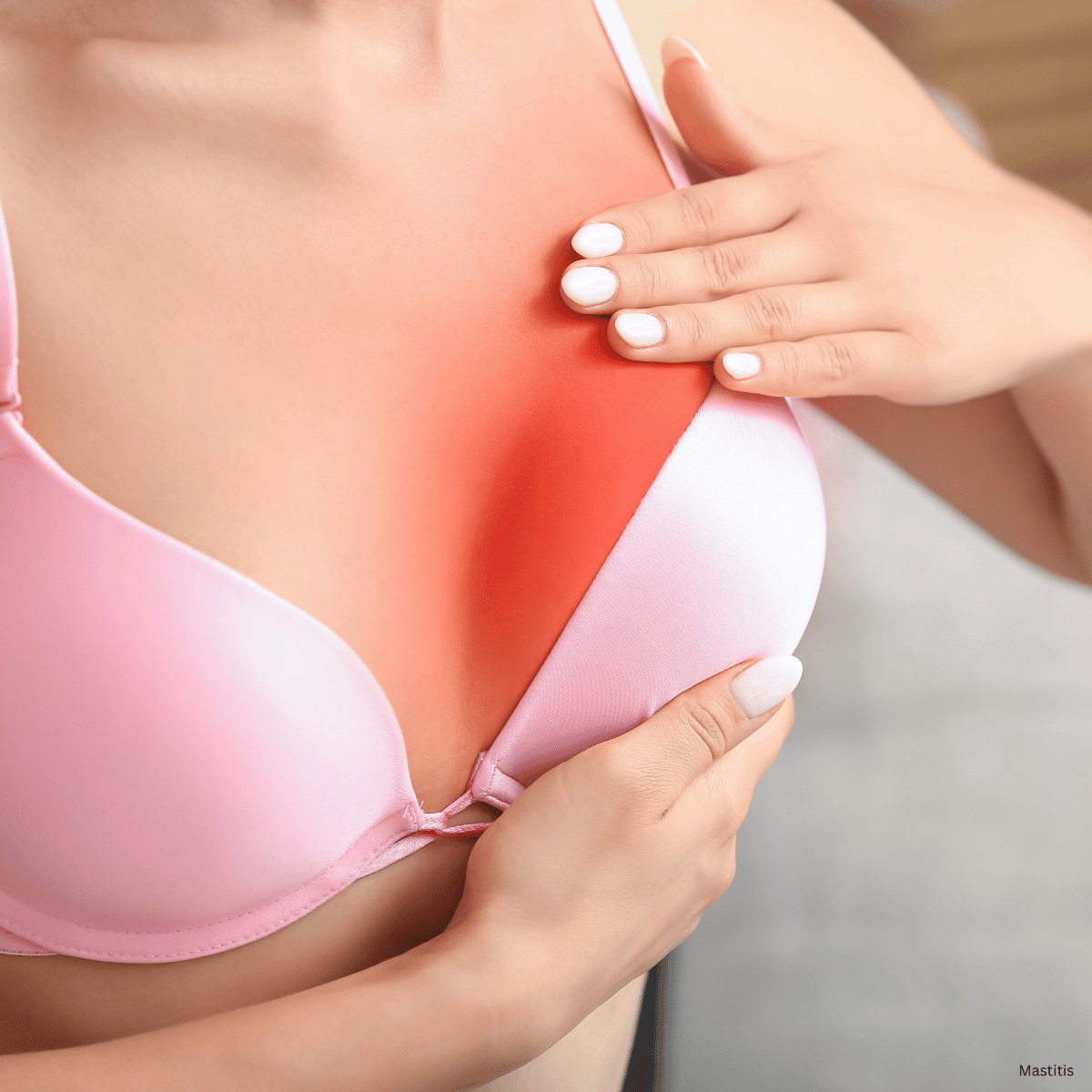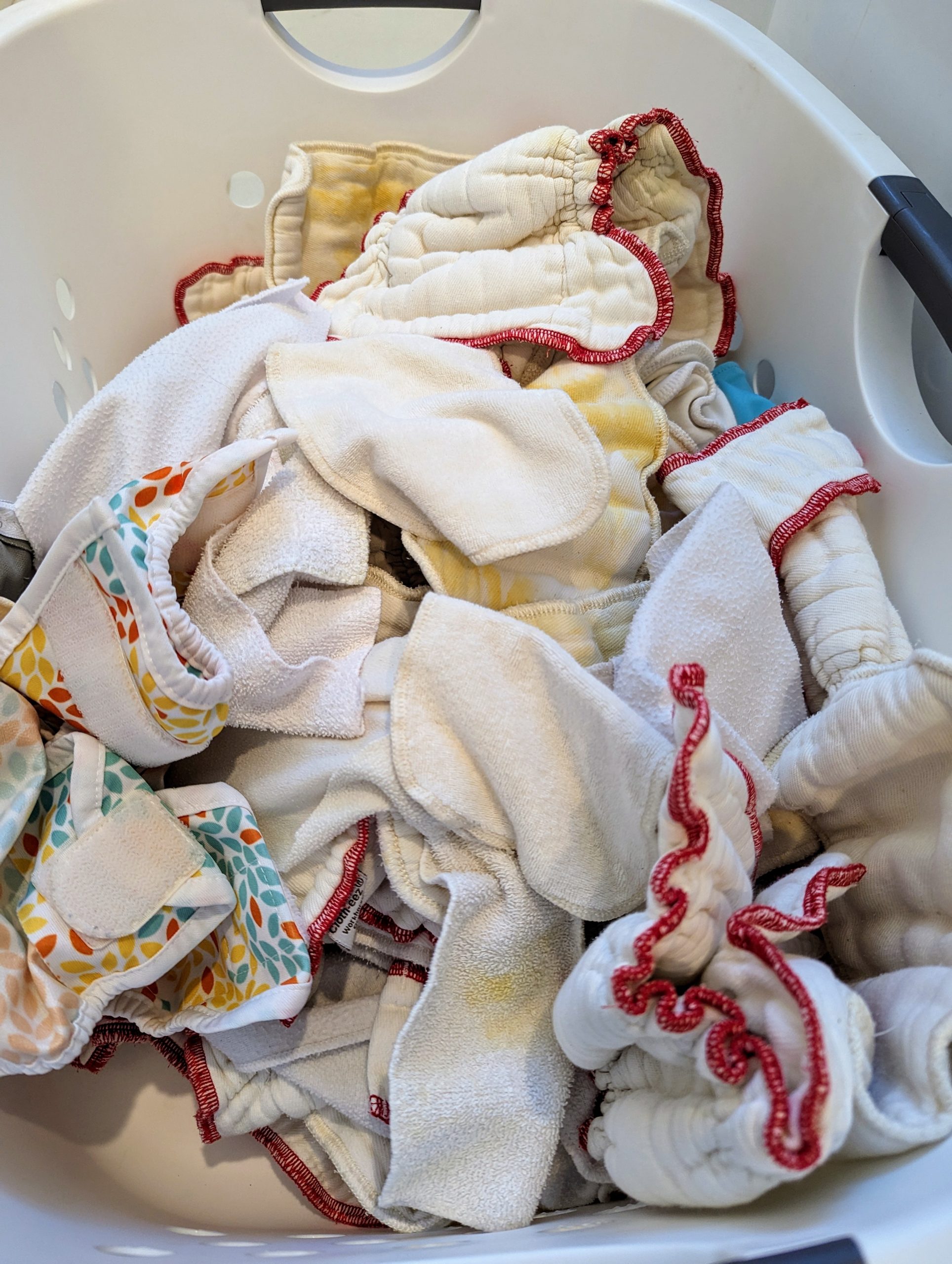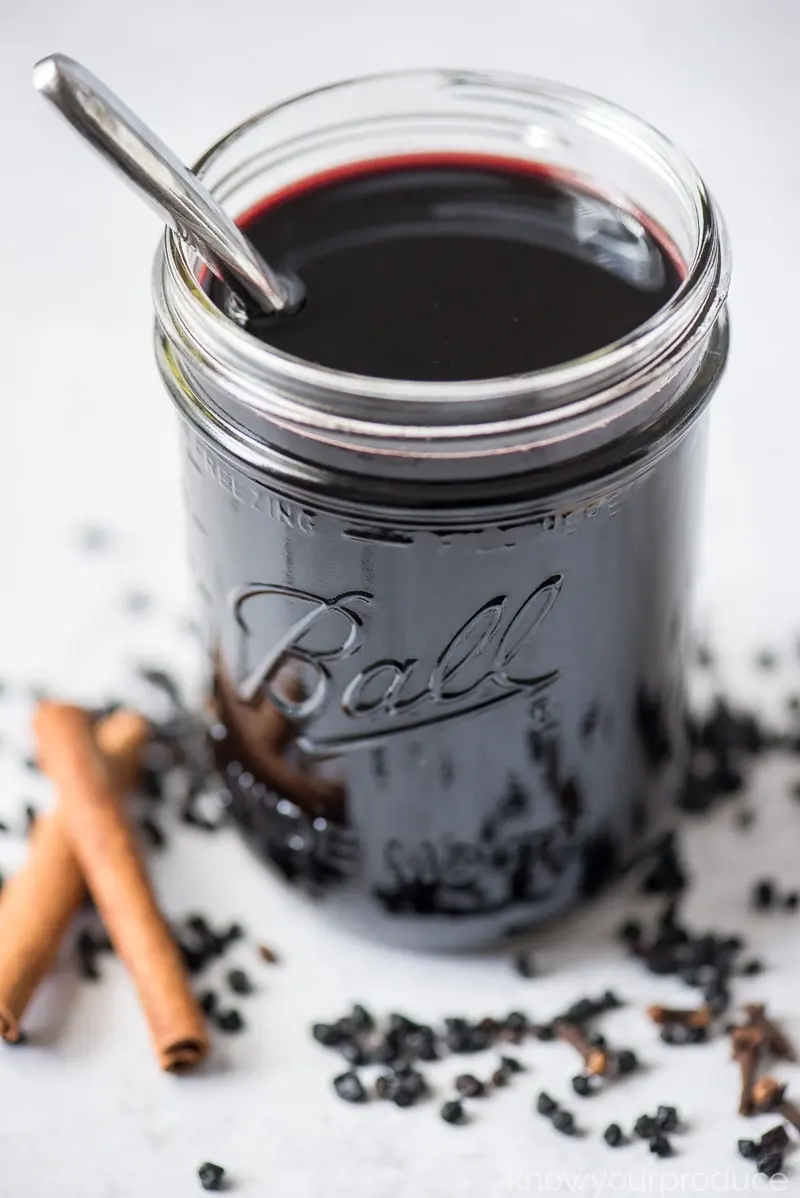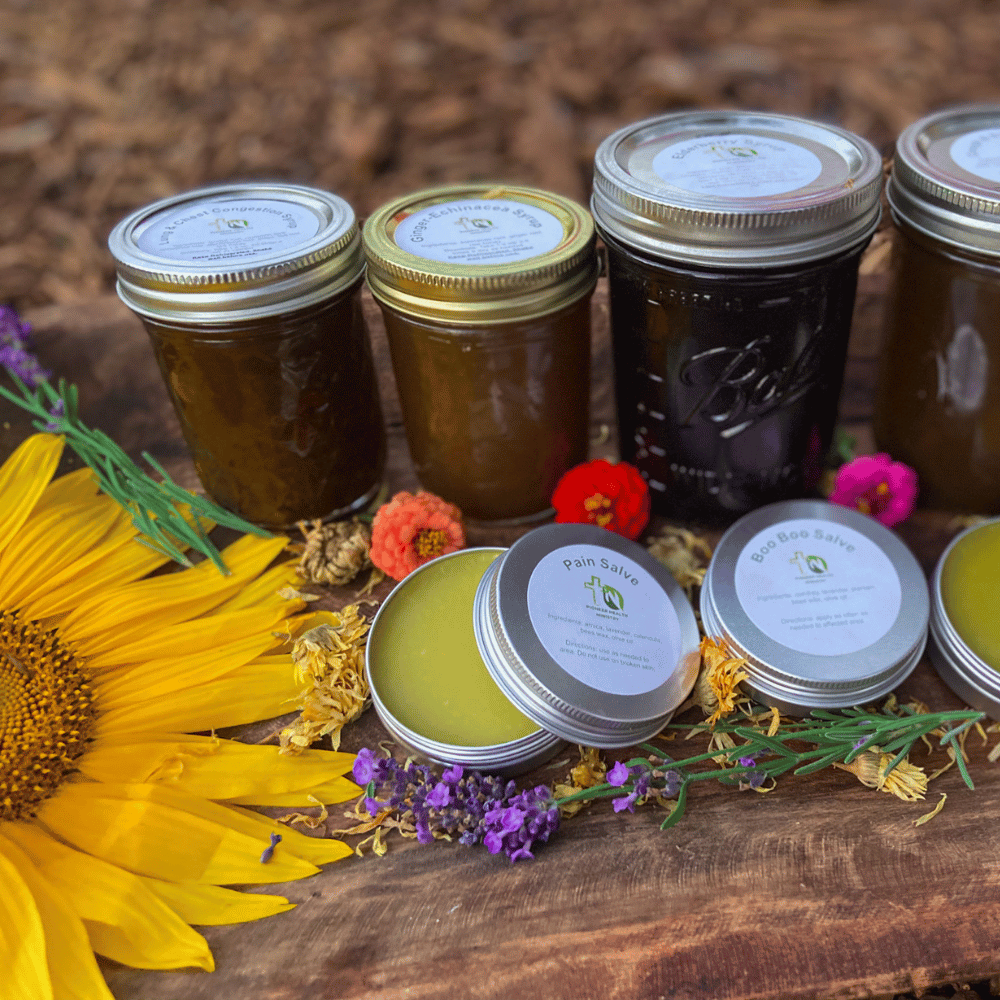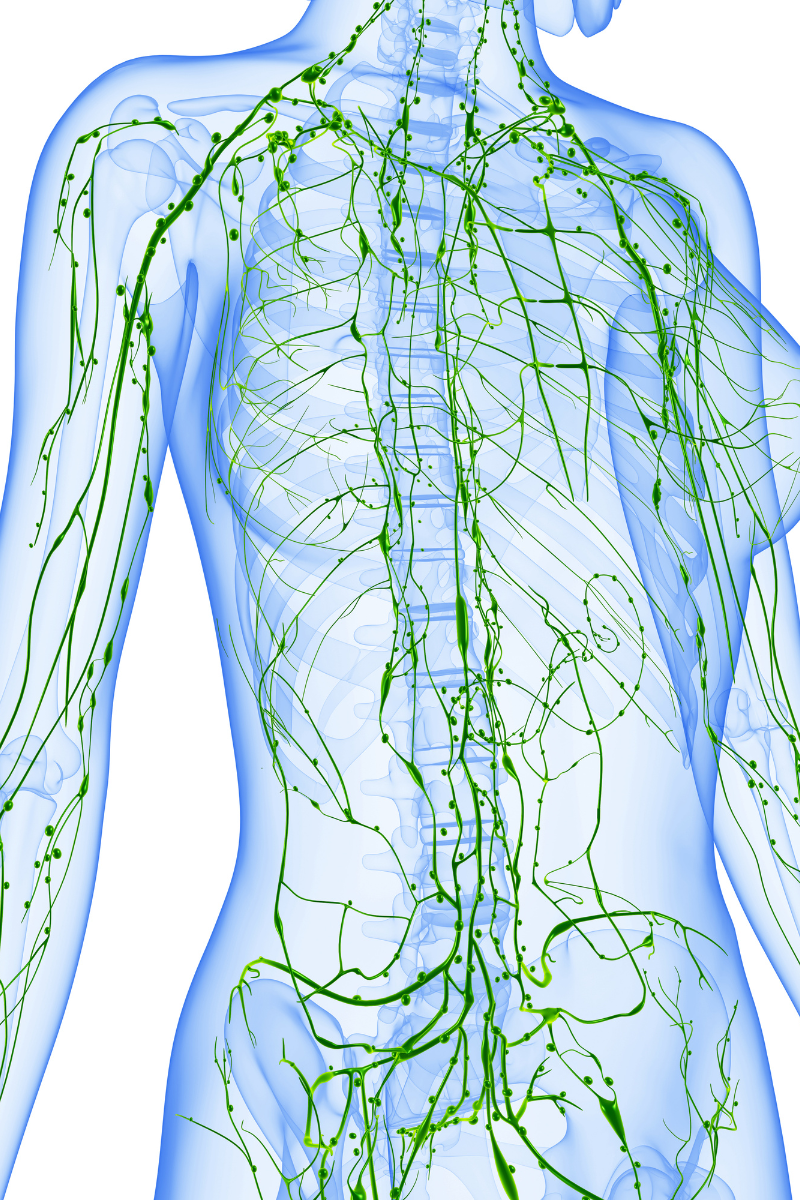Guide to Baby Wearing | Types of Baby Carriers, How To and Safety Tips
This is a beginners guide to baby wearing and the different types of baby carriers and wraps. I am sharing my experience of baby wearing for over the past 11 years with my 5 children. I have used what feels like every different type of carrier available. From simple to complex I hope that you can find what will work best for you and your child.
Baby wearing is becoming more and more common it seems. When I started baby wearing over 11 years ago, I was constantly being stopped to ask about what I was wearing and why I would wear my baby, or even toddler.
So why would I wear my baby, and eventually toddler?
Continue reading to learn the benefits, how to baby wear, safety tips, and types of carriers and wraps.
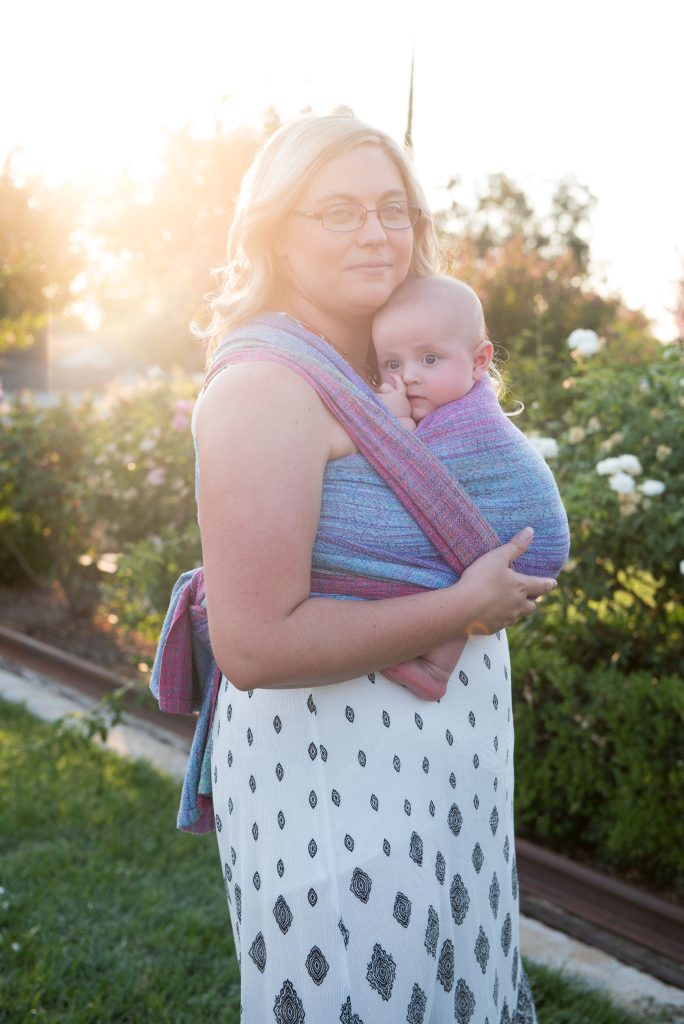
Benefits of Baby Wearing
If you’re reading this, chances are you have seen someone wearing their baby and have wondered why they would do this or already see the great benefits that could come from baby wearing and want to learn more about it.
The list of benefits is long and can vary depending on the parents and their circumstances.
Bonding
Have you ever held a baby and your arms became very tired, yet you still didn’t want to put your baby down?
The simple act, for baby, of being held can help the parent and baby connections. Baby wearing allows the most time for the parent to bond with their child. You’re being able to hold your child close to you while you’re moving around your daily tasks, out for a walk, or even sitting at the computer.
It can also help you to learn your child’s cues: tired, hungry, gassy etc. You will be able to hear them, feel them move and notice very quickly when their cues show. As opposed to using a baby monitor or them even being laid down next to you in a crib you may not notice the subtle cue rights away.
This bond can continue on into the later years, even into the teen years and farther!
Of course, if you do end up choosing not to baby wear, there are other options to help form a bond such as co-sleeping (safely) and even massage.
Comfort
Let’s face it, babies and toddlers cry. A lot. Sometimes they just need to be held and the closer they can get to you, the safer and more comforted they can feel.
This is not to say that baby wearing will automatically fix all of your child’s crying problems. It is to say that it is a great tool in your parenting arsenal to have available.
In 1986 a randomized controlled study was done that showed how carrying infants reduces their crying. This was compared to other infants who were not carried as much and ended up crying and fussing more than the infants who were carried.
Multitasking
Parents are busy. It does not matter if you have one child or more. We are busy generally from sunup to sundown. Having the ability to multitask is an amazing benefit to baby wearing. I cannot imagine getting through my day without this ability to multitask.
I am generally baby wearing all throughout the day. While I’m cooking, cleaning, doing schoolwork with the other children and also while I’m gardening. Being able to have my hands free while I’m still tending to my child is an amazing feeling and capability.
Even as I write this blog post I am sitting at my computer wearing my newborn son. Life is good.
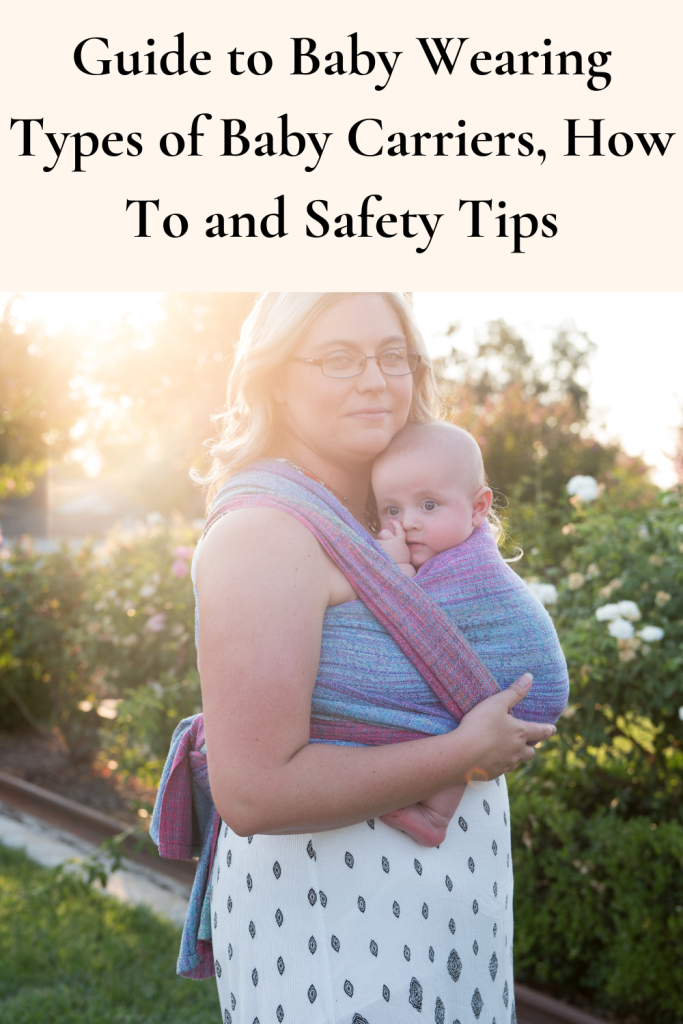
Assists with breastfeeding
If you have chosen to breastfeed, you may be aware of just how much sitting can be involved in it. With baby wearing, there are several different carriers that promote breastfeeding safely.
Even if you’ve chosen to formula feed, you may find that baby wearing is helpful for you as well.
I will go over these different carriers in a different section below.
Promotes health and movement
Having the ability to move around throughout your day is a great way to stay healthy and get in the much-needed movement our bodies require. Wanting to hold your baby is not a bad thing, but doing it sedentary throughout the day may not be the best for us getting our movement in.
There is also growing evidence of how skin to skin contact promotes healthier newborns, premature babies and their caregivers.
Baby wearing can help regulate the baby’s temperature, heartbeat and breathing.
Premature babies (less than 37 weeks gestation) are known for thriving much more when allowed skin to skin contact. The NICU is unfortunately full of parents who are told by their medical team that the more their infant can be held skin to skin, the better their outcome could be.
The Most Common Types of Carriers for Baby Wearing

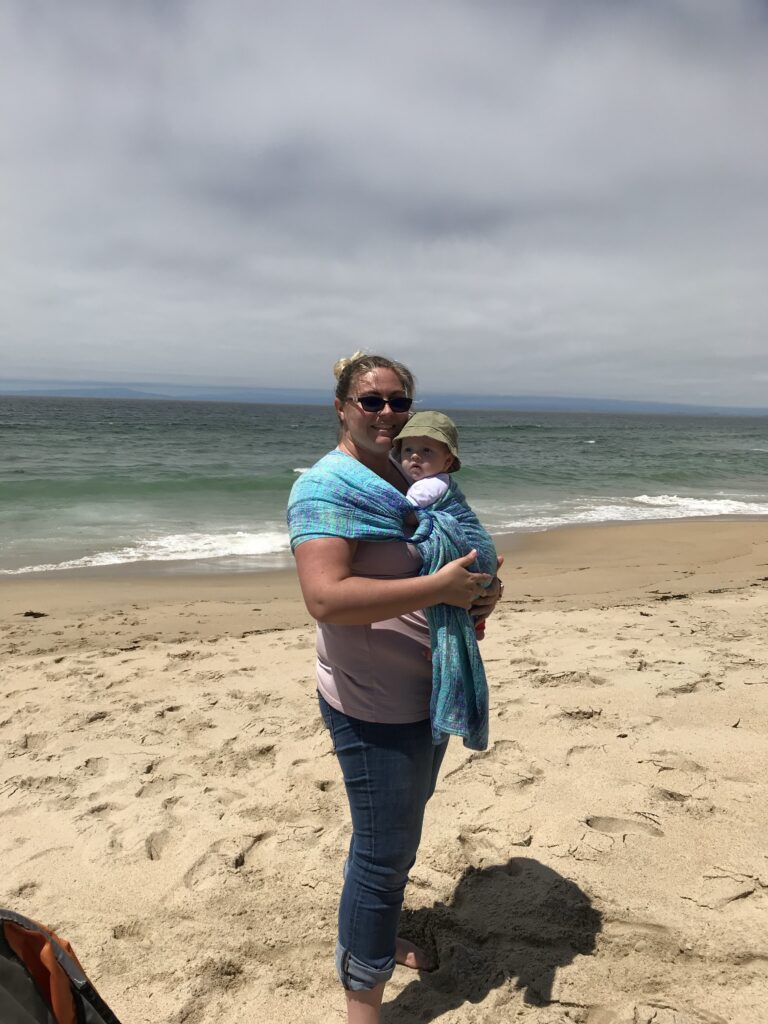
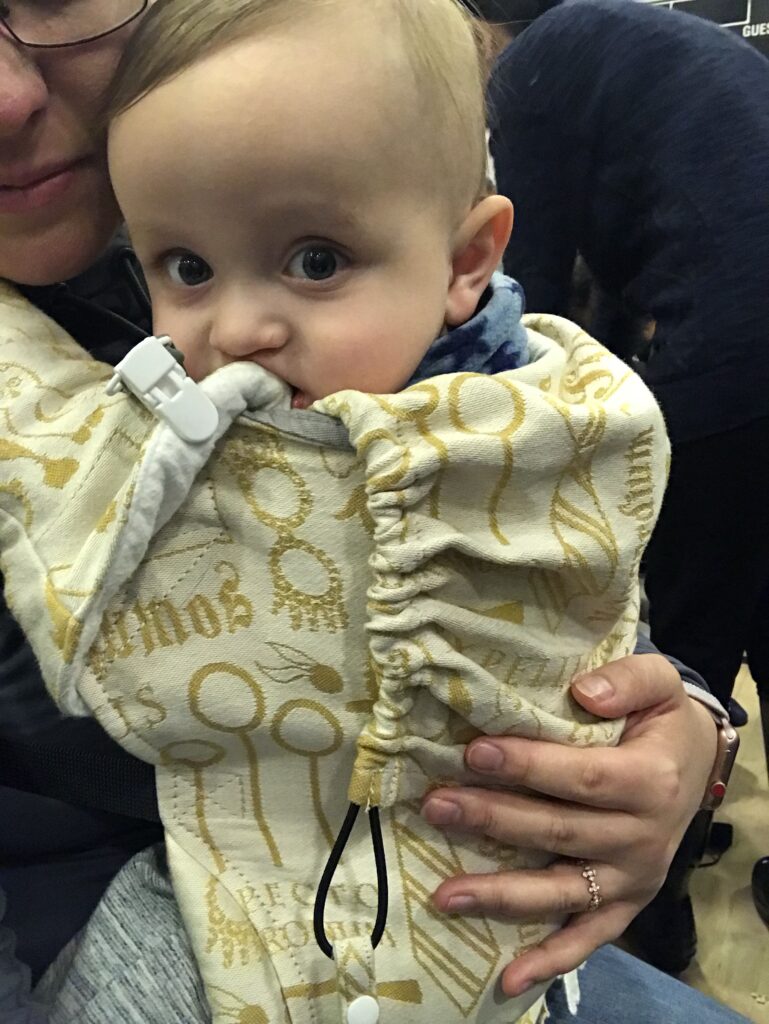
There are 3 most common types of carriers: wraps, soft structured carriers, and ring slings.
Wraps
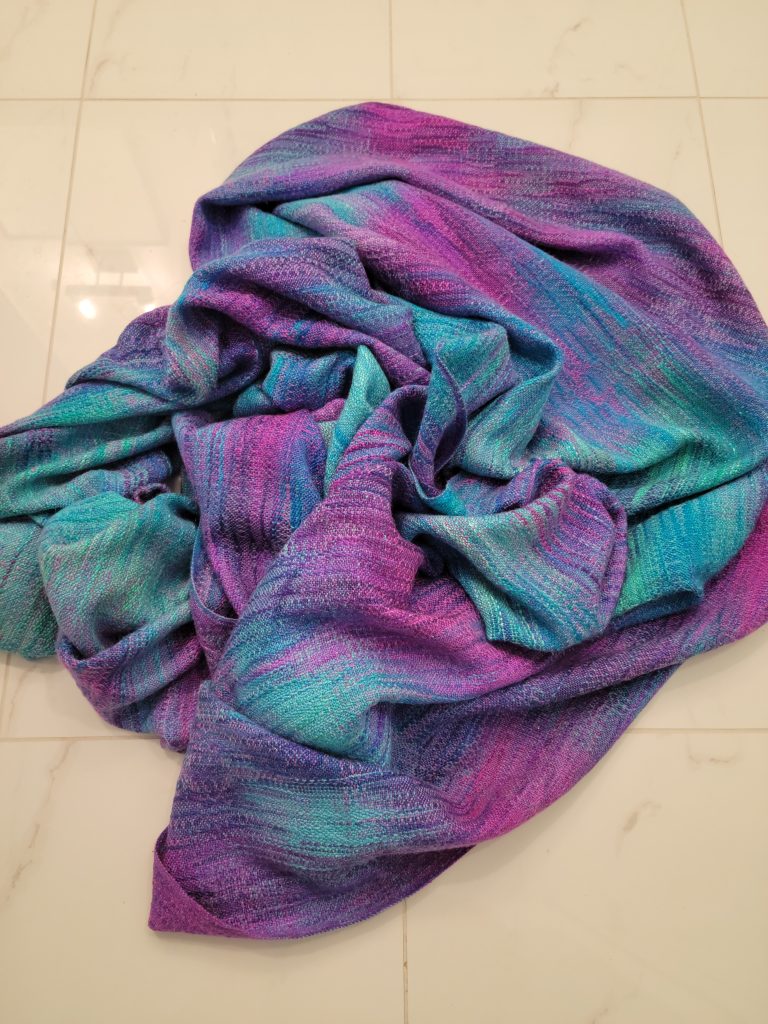
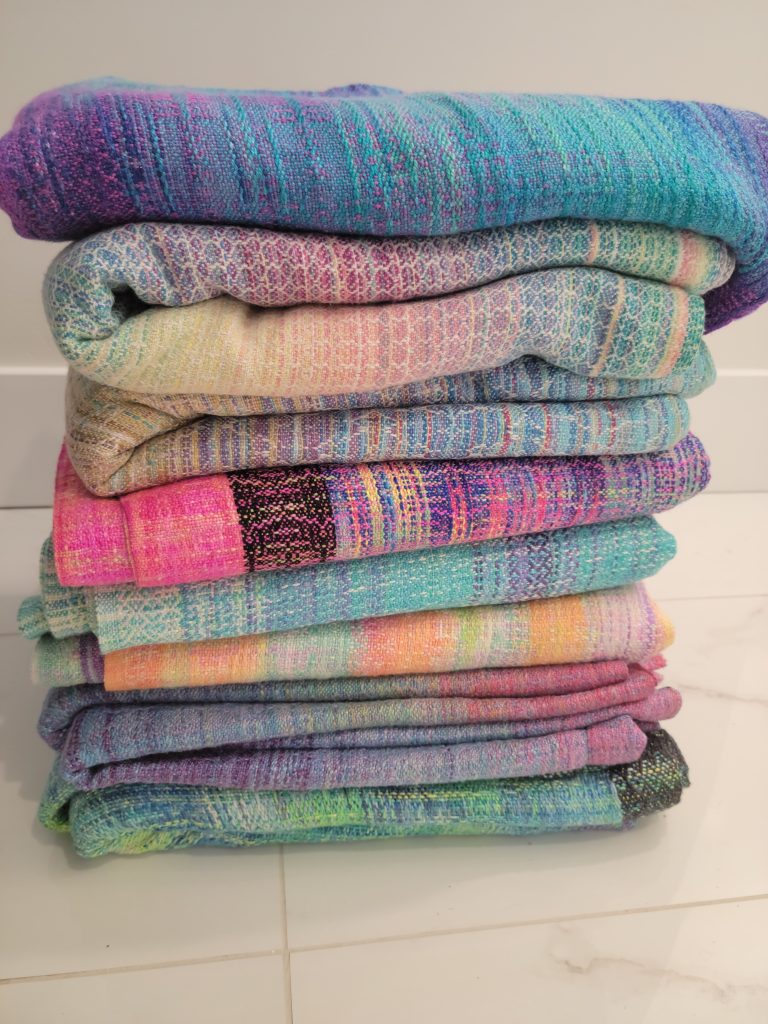
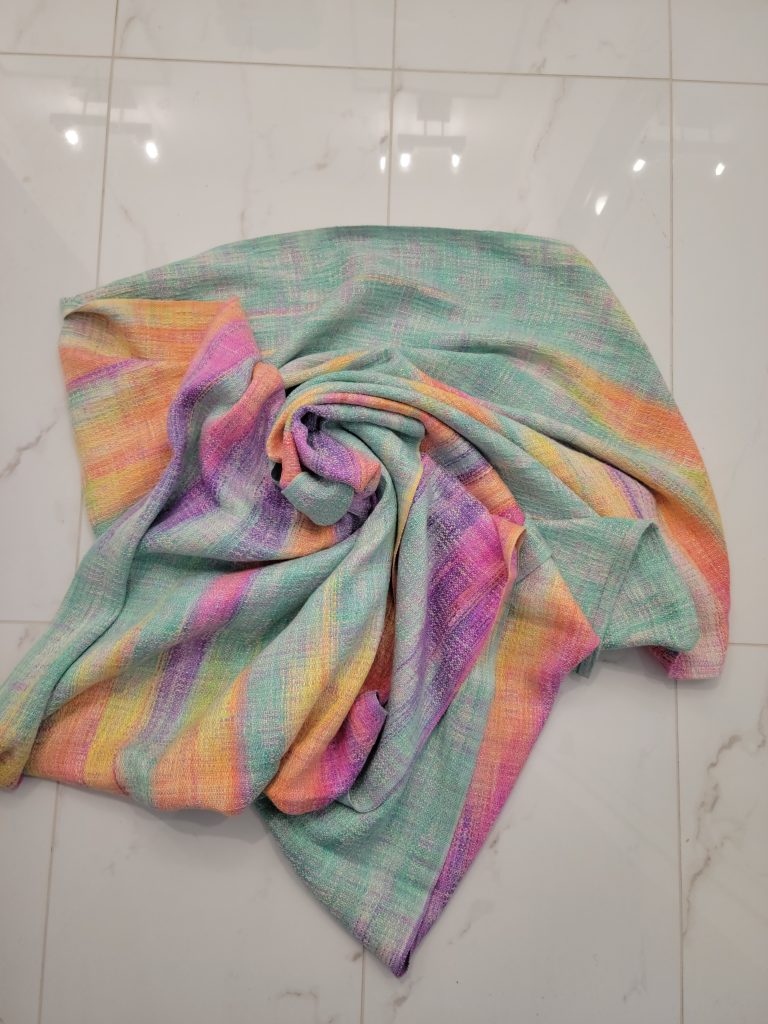
Wraps are probably the most heard of type of carrier because of the Moby Wrap. However, that is only one type of wrap. It is known as a stretchy wrap. These particular types of wraps do not generally hold heavier babies. Their weight limit is usually around 20lbs before the wrap is unable to hold your child well enough for comfort and safety.
The other type are called woven wraps. These then have 2 subcategories of machine woven and handwoven.
Both of these types of woven wraps can come in endless material combinations: cotton, linen, hemp, silk, wool and more!
The main difference between them is obviously how they are made: machine vs handwoven.
Generally, there is a cost difference as well. A machine woven wrap is usually going to cost less than a handwoven wrap. These are also going to be more mass produced and less unique.
Handwoven wraps are sometimes made to order for design, color and material. These are generally more personable and specialized to fit an individual. This is a major reason to why they will cost more.
I have used all of these wraps over the years. First started, as many did, with the Moby wrap. Quickly feeling overwhelmed with it because of the length and stretchy material. When I switched to a machine woven wrap, I was quickly in love with baby wearing. I soon had many different wraps in varying lengths, colors and materials.
Then I learned about the soft structured carriers that I will discuss next.
Ring Slings
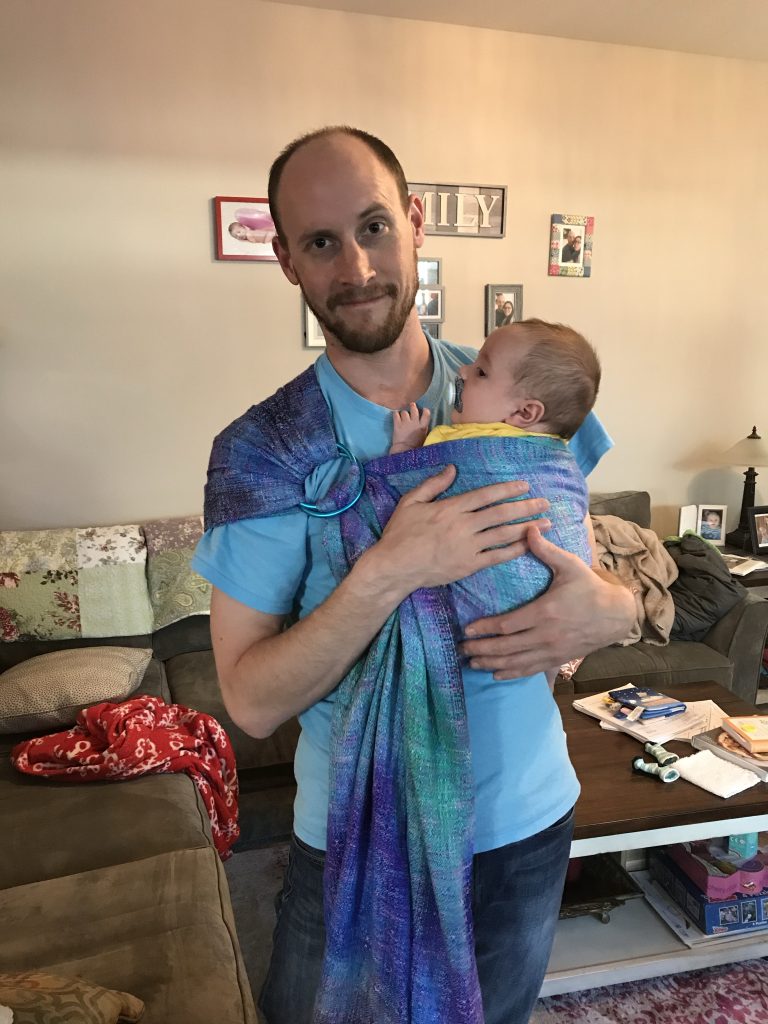
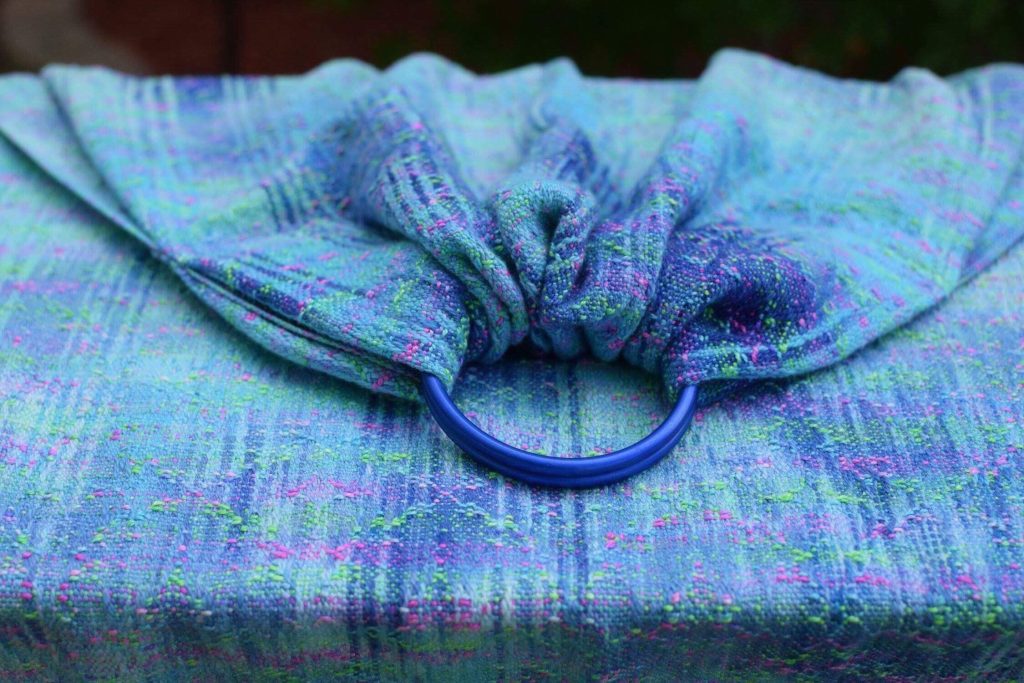

Ring slings are very similar to wraps themselves. You are even able to turn a regular wrap into a ring sling if you wanted to. This is another carrier that can either be made from machines or handwoven.
Ring slings are considered to be “easy ups” as there is very little to do and it’s fairly simple.
This option is generally much more affordable and user friendly for those just beginning their baby wearing journey. Like anything though there are the exceptions such as buying a handwoven ring sling.
Ring slings work really well for newborns and younger infants. Generally, a child will outgrow ring slings around 20lbs or so though so the longevity may not be what you are looking for.
For newborns, these work on their own to support their head and torso as opposed to other carriers where you may need to also have an insert to support them.
Soft Structure Carriers (SSC)
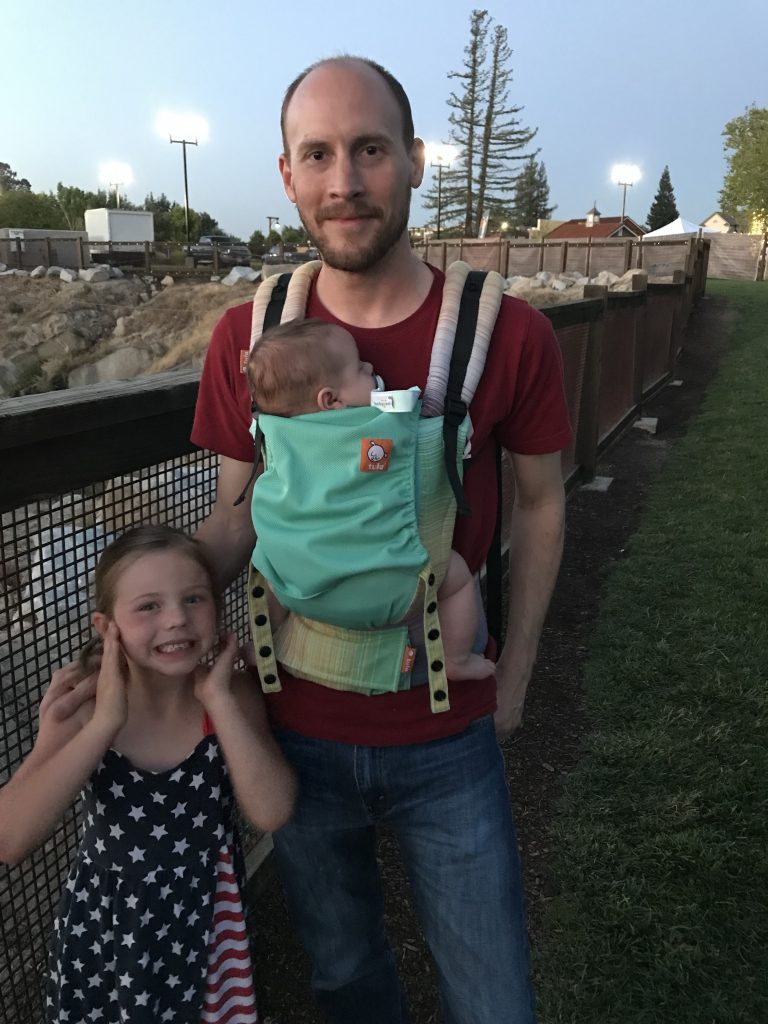
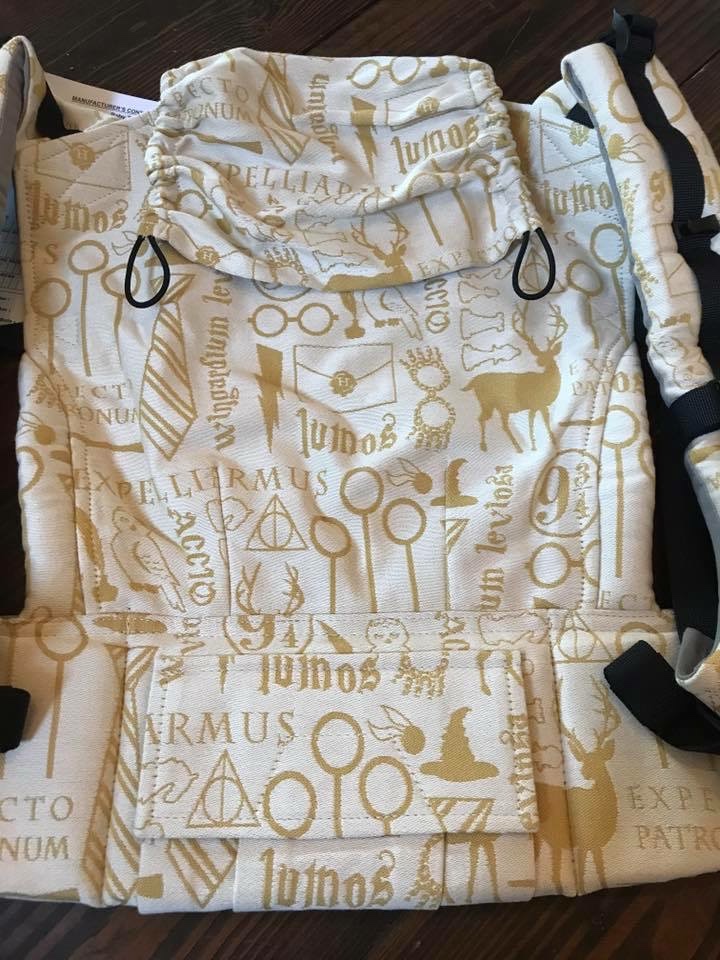
Soft structured carriers (SSC) are very big in the market right now. There are many different brands and types that are available almost anywhere including Walmart, Amazon and other major retailers.
The two main brands that I am most familiar with are Tula and Ergo.
I first started using an Ergo with my first child many years ago. I loved how simple and the sturdy it was to use buckles. It was also very convenient for wearing my child on my back. However, my oldest child outgrew it very quickly. Granted I do have larger than normal children. If your child is growing up on the curve, it will probably last you longer than it did for me.
I have since switched to using Tula’s standard, Free-To-Grow (FTG) and the toddler carriers.
The standard is exactly what it sounds like. It is their standard size and would require an insert for a newborn or infant unable to hold up their head and torso. The FTG is more adjustable and may not require an insert. It carries children from 7-45 lbs and fits very snuggly around your child because it is adjustable in the seat area as well. The toddler is for larger children, like mine. The seat is longer for them so they can be up and still be ergonomic.
These can range in pricing as well but will last you and your child a significant amount of time in my opinion.
There are many other types and brands of SSC. I highly recommend asking around your mom friends if they have any you can try out and see which type fits you best. This can be an economical investment.
How to
In the video below I show you briefly how to use a wrap and ring sling with a newborn and then a SSC with my toddler, both front and back carry.
There are so many different carries that I’m only currently showing my top favorites at the moment.
If you’d like to see something specific, please leave it in the comments below.
Safety Tips
First and foremost, make sure you’re using the carrier for the correct stage and size of our child. If you have a newborn that is unable to hold up their head or torso, you will need an appropriate insert for a SSC. However, if you’re using a wrap or ring sling, there are many different ways to safely wrap your newborn to support their head and torso without extra gear.
Secondly, your child’s airway must always be clear. If you’re using the correct carrier for the stage and age of your child, then this should be simple enough. When you’re wearing a newborn or infant on your front, you should always be able to bend your head down and kiss their head. You should also be able to see their face and know that their airway is clear from obstruction.
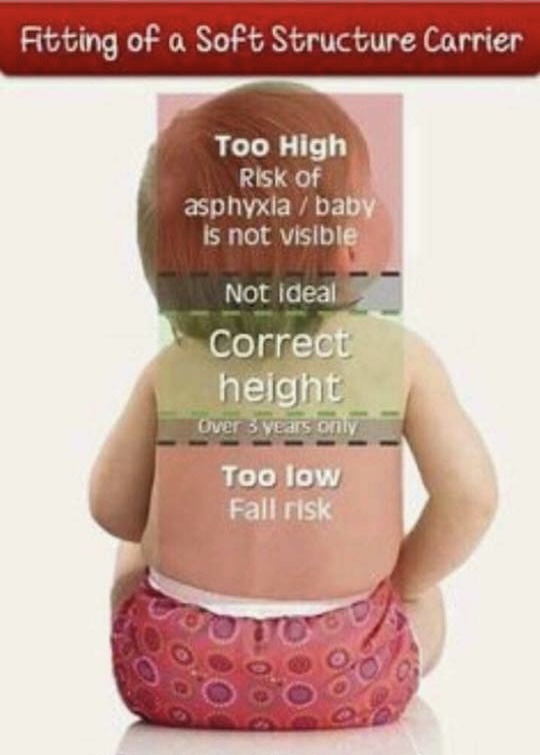
Lastly, you must always make sure that you’re wrapping/carrying your child correctly. I know this most likely goes without saying, but if you put your child up incorrectly, they have the potential to fall out or have their airway obstructed.
How to Choose
Budget and convenience. As I have mentioned above, some of these can become quite expensive while others are much more economical.
On the convenience side of things, wrapping is a skill that will need to be practiced and perfected over time. Using a SSC will be a lot quicker than learning how to wrap but will also be more limited on the ways to carry. Wrapping will ultimately give you the most options and depending upon the material of your wrap, it can also give you the most longevity.
Recommendations
If you are able to try out any type of carrier prior to purchasing one, do it! I have bought and sold so many different carriers over the years simply because I didn’t have anyone to help me decide and try out. We are all built differently and will find different carriers more comfortable than others.
Check out other popular blog posts!
Positive Home Birth Story | Birth of a Large Baby!

